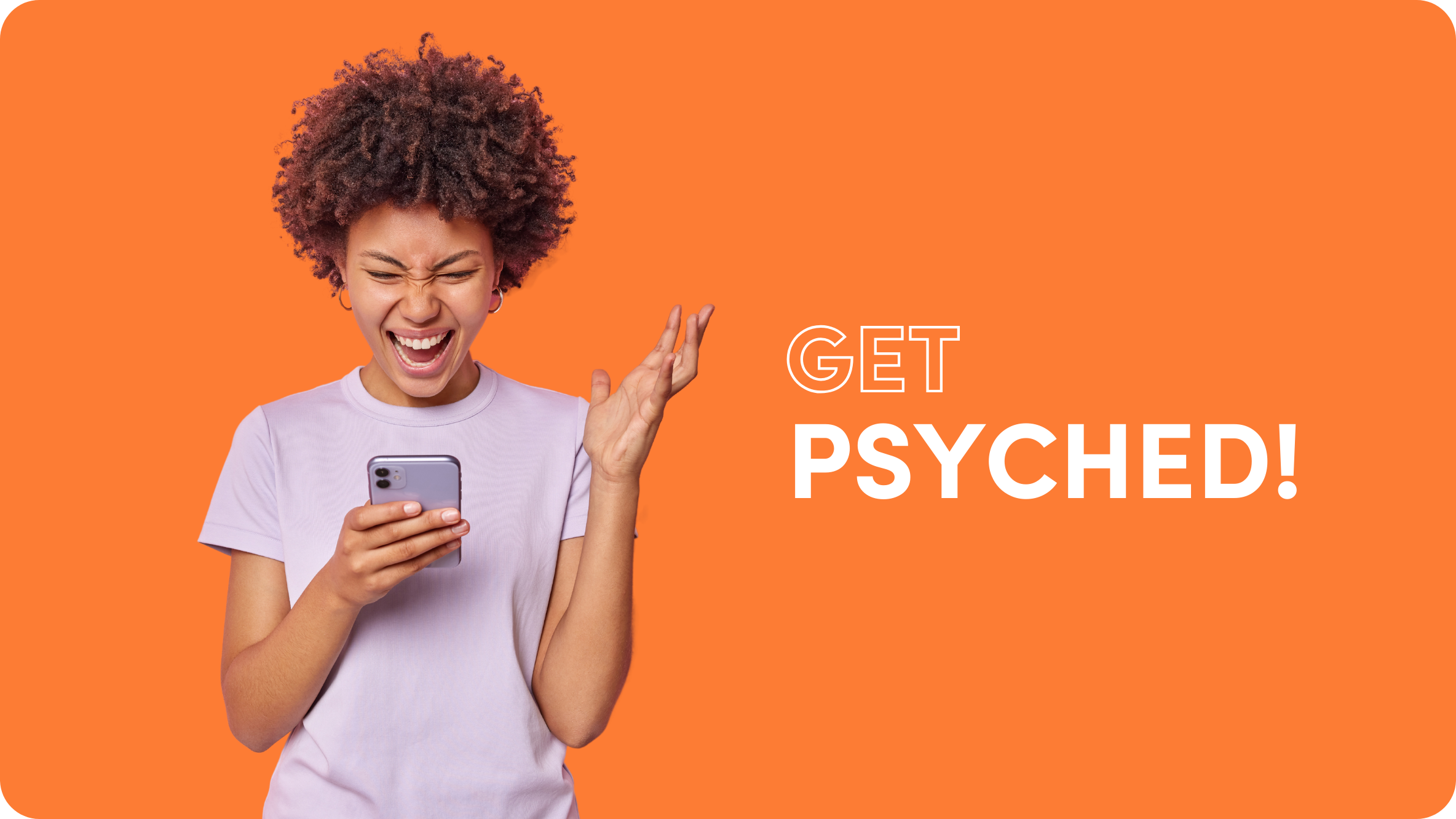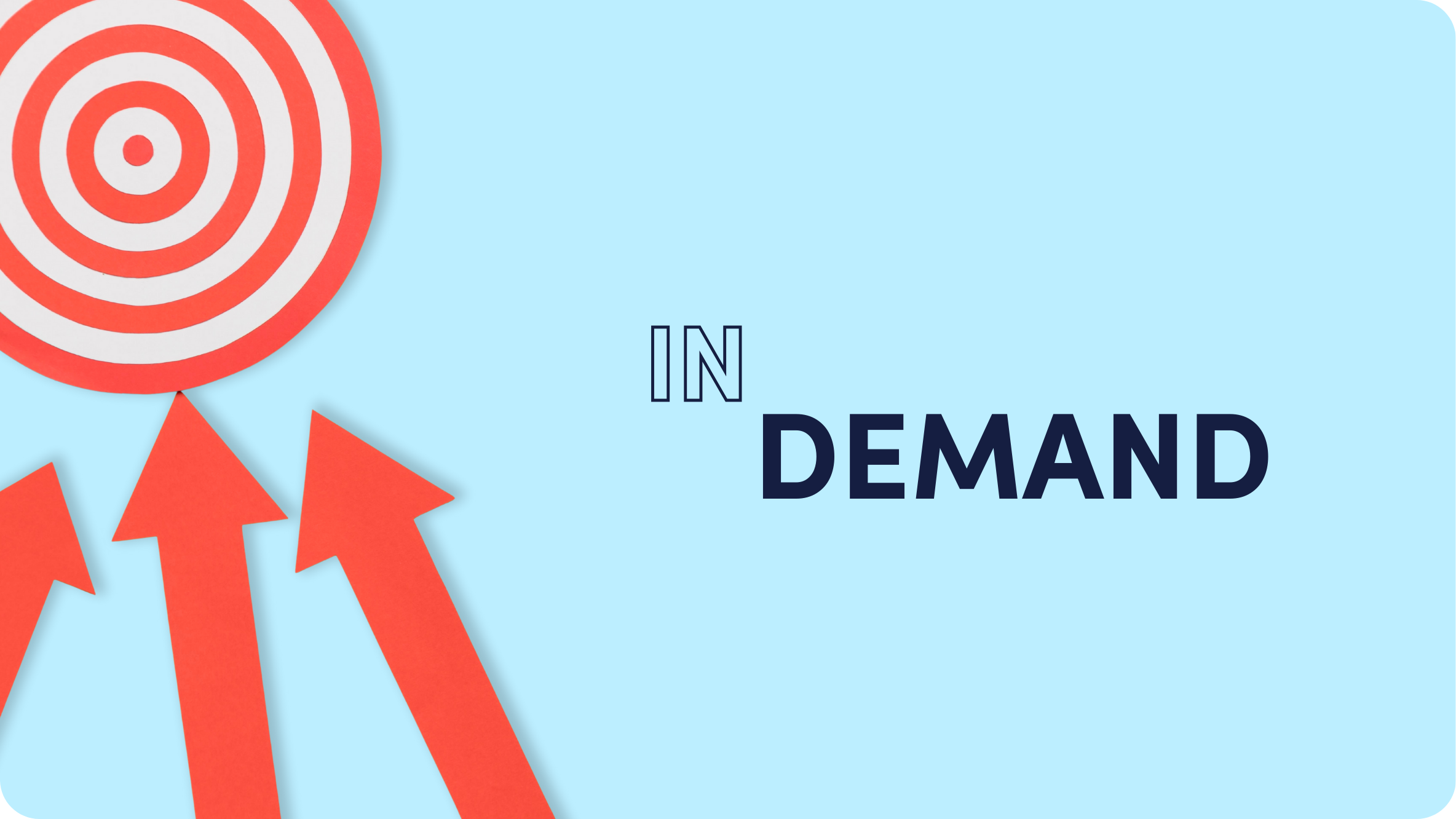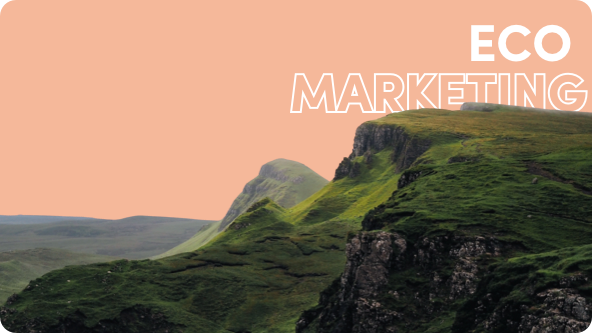The Behavioral Science to Capture Attention: Marketing Psychology for Ultimate Engagement
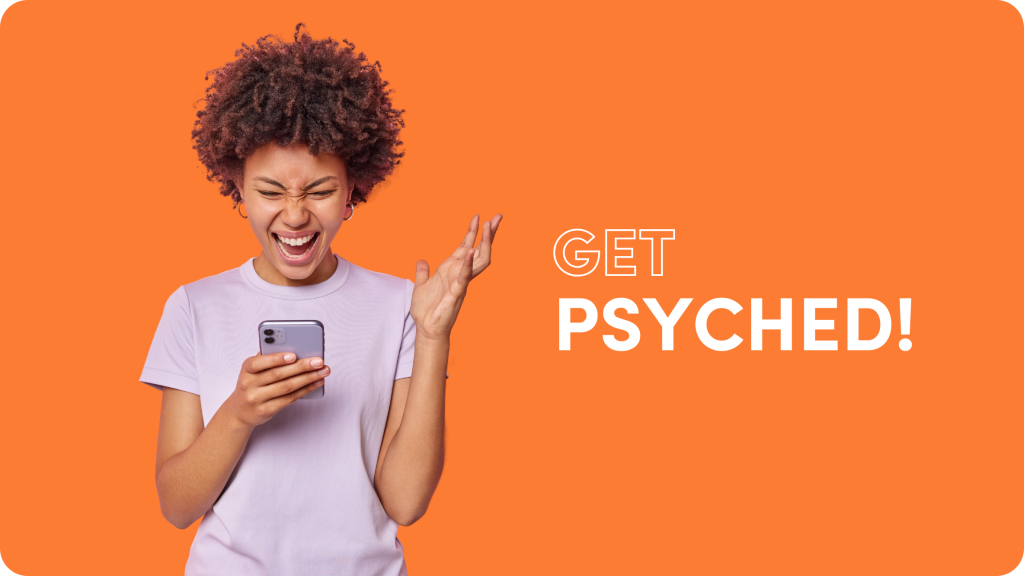
How businesses can capture consumers’ attention and engage them meaningfully through proven marketing psychology techniques.
Key Takeaways
- Use principles of behavioral science to develop branding and marketing strategies that are highly effective.
- Create brand equity by understanding ‘The Labor Illusion’ – how businesses can make their offerings appear more valuable to consumers.
- ‘The Pratfall Effect’ shows that consumers perceive brands with genuine flaws as more relatable and attractive. The Guinness brand provides a perfect example with its 1996 campaign in the UK market.
- Be distinctive and stand out in a crowded market by building emotional connections with consumers through advertising. Budweiser’s Wassup Super Bowl commercial is a great example of how to do this.
- Consistency across marketing efforts is essential for building consumer trust and brand recognition.
- The ‘Halo Effect’ is an epic success for Apple and Nike but for the rest of us – does it really work?
Consumer psychology is not just fascinating; it offers endless opportunities for marketers to learn what makes people tick, and how to use psychology to better connect with their customer base. Whether familiar with behavioral science or exploring its principles for the first time, consumer psychology makes the reasoning behind consumer behavior clearer. It unravels the complexities of human tendencies and provides deep insights into consumer choices and inclinations. In this way, it can form the foundation for building more effective and accurate marketing strategies.
The Halo Effect: Psychological Brand Positioning
The ‘halo effect’ is a powerful tendency for cognitive bias towards someone or something. Businesses can leverage the halo effect to create a positive perception of favoritism of the brand in the minds of consumers. This correlates to brand strength and brand loyalty and contributes to brand equity.
Before the ‘halo’ term was coined, a 1915 study titled “A Constant Error in Psychological Ratings” explored how commanding officers assessed their soldiers for intelligence, technical proficiency, reliability, leadership, and personal qualities. The investigation by Thorndike revealed a consistent pattern: the officers’ evaluations were significantly influenced by their overall perception of each soldier. Essentially, the officers’ appraisals of technical abilities were closely linked to their opinions about the soldiers’ overall character.
Through subsequent studies that confirmed these findings, Thorndike concluded that individuals struggle to dissociate their holistic impressions from specific traits. This inherent tendency results in a judgmental error, leading individuals to form inaccurate assessments.
In marketers’ terms, by creating a positive emotional association with their brand, businesses can increase brand awareness, strengthen their reputation, build loyalty, and drive sales as well as repeat purchases.
In practice, emerging small businesses or new brands have the opportunity to strategically position themselves alongside established premium brands to capitalize on their perceived value. For instance, a luxury retail brand establishes its store adjacent to renowned fashion icons like Gucci on New Bond Street in London or Prada on Fifth Avenue in New York City. This strategic placement enables the emerging brand to elevate its perceived value by location association with these high-value, established brands.
Businesses can also create a halo effect by aligning their brand with a positive image or association. For example, partnering with a popular celebrity or sponsoring a charitable cause can create a positive emotional connection with consumers and enhance the overall image of the brand. This tactic is well established, especially in the sports industry; for example, the famed partnership between Michael Jordan and Nike. With the growth of social media and influencer marketing, this tactic became more accessible to SMBs and has grown exponentially. We will continue to see it evolve to ‘collaborations’ in 2024 and beyond.
A perfect textbook example of the halo effect is the phenomenon of the Apple iPod. One product impacts all others, creating decades of brand loyalty and pivoting the company trajectory to the brand we see today. Apple uses several behavioral science strategies in its marketing tactics; read on for more examples.
Achieving the halo effect is somewhat elusive, as very few brands have successfully changed the macro-business direction or brand perception in the way that Apple and Nike could. However, there are micro-actions in digital marketing to create marginal gains and mimic the halo effect. For example, engaging in bidding for premium brand keywords on Google search allows brands to appear alongside these reputable names within the top three positions on Google’s search results. Despite most likely yielding a negative Return on Advertising Spend (ROAS) from a performance perspective, this tactic leverages the halo effect, contributing to the establishment of long-term brand associations. Similarly, promoting PR content across influential media publications alongside other highly recognizable brands provides a similar advantage in building brand credibility and value.
On LinkedIn, you can create a halo effect by showcasing featured customers prominently on your LinkedIn Page or Showcase Page. This is an effective strategy to elevate your product and customer perception of your brand. This tactic crosses over into the realm of social proof, a very common psychological marketing tactic used almost everywhere in marketing.
The halo effect can be a double-edged sword, if it somehow creates a negative connotation of the brand. Unlike other tactics, this is not a two-way door. One bad experience can cause the consumer to disregard the brand altogether. This is hard to control and can often happen at a point in the business lifecycle when it is a ‘change-it’ or ‘die’ scenario.
Ultimately, effective brand positioning and a carefully crafted halo effect can be powerful assets in today’s competitive market. A successful macro halo effect will put your brand at elite status, an achievement very few companies can claim, yet some micro-tactics can help you successfully pivot brand perception as well.
The Labor Illusion: Behavioral Science as a Pricing Strategy
The ‘labor illusion’ concept suggests that consumers place a higher value on products and services that they perceive as requiring more effort. By leveraging this illusion, businesses can make their offerings appear more valuable, increasing consumer interest, demand, and willingness to pay.
But how can today’s marketers use the labor illusion in their advertising campaigns? One way is by highlighting the effort and skill that goes into producing a product or service. This could involve emphasizing the time taken to make a product or the hard work and dedication of expert craftsmen.
Steve Jobs always commenced his addresses during Apple product launches by emphasizing the extensive effort invested in product development. In one instance, he opened with, “Take a look at the number of cars in the Apple parking lot during weekends.”
By showcasing the effort involved, marketers can boost the perceived value of their offerings and encourage customers to pay more.
Some restaurants offer an example of the labor illusion in action. The rise in popularity of open kitchens, including seating at a bar with direct chef interaction, has been notable in recent years. While not a novelty in Japanese culture, this arrangement grants diners direct access to chefs, enabling them to witness the effort invested in preparing and presenting dishes. Observing this process first-hand heightens their appreciation and increases the sense of the value of the meal or night out.
A Harvard study concluded that consumers would be prepared to pay much more for a product that took several years of development compared to a product that took less than a year, based on the perceived volume of effort that was invested.
The fundamental marketing skill of storytelling should be used to emphasize the effort that goes into creating the product. Focus on the care and attention that goes into each stitch of clothing or the precision involved in manufacturing a car. Highlighting the process behind a product can create a sense of pride among customers and increase the perceived value of what they’re buying.
With the labor illusion, businesses can create effective advertising campaigns that connect with customers on a deeper psychological level of subconscious perception, generating more interest, attention, and excitement from consumers and ultimately driving revenue growth.
The “Curiosity Gap” or Cliffhangers Storytelling
The human brain is wired to instinctively desire closure and completion. This natural tendency is known as the ‘curiosity gap’. As a psychological concept, the curiosity gap involves creating a gap in information that triggers the audience’s desire to find out more.
A simple example: most people have encountered conversations that kick off with phrases like, “You’ll never believe what just happened today?” Despite its rhetorical nature, the opening instantly captivates and engrosses the listener in the narrative, regardless of its eventual outcome.
From a marketing perspective, consider a commercial showcasing a new car driving along a picturesque road, accompanied by the tagline, “Experience the thrill of driving.” This approach piques the viewer’s curiosity, prompting them to explore further to understand what specific features contribute to the car’s exhilarating appeal.
The concept of the curiosity gap has been around for centuries, but it wasn’t until recently that it was formally defined and named. Numerous studies delve into curiosity as a fundamental aspect of human nature and as a strategic approach to bolstering memory. In marketing, this can help significantly with brand recognition. Unfortunately, the curiosity gap is often misused, and can sometimes lead to clickbait, which has overwhelming negative connotations.
When leveraged correctly, marketers can still use ‘cliffhangers’: storytelling techniques that keep the target audience interested in the advertising campaign, generate engagement, drive sales, and ultimately increase brand loyalty.
Most marketers (and salespeople) think they are effective storytellers, but in reality, it takes a lot of practice and skill.
If you want to hook into the curiosity of your audience, it’s important to experiment with various methods in advertising and design. Through AB testing different approaches and analyzing the outcomes, marketers can pinpoint the most effective tactics for their specific audience, and work to consistently improve their storytelling approach.
Maintain the element of surprise until the conclusion. While it might appear simple, ensuring that the pledge of an exceptional story is genuinely fulfilled is crucial to retaining the reader’s interest until the end of a blog, advertisement, or product video. Avoid misleading the reader; instead, understand your audience, engage their genuine interests, and learn how to evoke emotional engagement. Authenticity is key – aim to cultivate brand loyalty by encouraging repeat visits from your audience.
Just like a good joke, mastering the art of timing is everything. When executed correctly, it seamlessly integrates the final puzzle piece, delivering immense satisfaction to the reader and eliciting the desired dopamine rush associated with your brand.
Successful YouTubers and TikTokers who have mastered this skill, such as Mr. Beast, have earned a position in the ranks of top content creators due to the high viewability rate of their content.
Striking a balance between a concise, impactful narrative and maintaining curiosity gaps poses a challenging task. However, achieving this balance can transform any story into a highly engaging narrative, deeply captivating a broad audience.
The Pratfall Effect: Humanize Your Brand Through Its Faults
As a marketer, there might be a sense of pressure to portray your brand as flawless in every aspect. The belief is that consumers seek products and services from trustworthy businesses.
A study conducted by behavioral scientist Elliot Aronson in the 1960s revealed an interesting finding: showcasing imperfections or acknowledging mistakes can actually render a person or brand more appealing and relatable. Termed the ‘pratfall effect’, this phenomenon suggests that by embracing your brand’s imperfections and displaying its human side, you can cultivate a deeper emotional bond with your audience.
Job seekers are regularly asked what their negatives are. Those who are self-aware of their abilities and flaws have a higher chance of successful recruitment. No one is perfect, and neither are brands.
The first step in using the pratfall effect to humanize your brand is acknowledging that everyone makes mistakes. From small typos in a blog post to significant missteps in customer service interactions, mistakes happen. When brands openly acknowledge their errors and take steps to make things right, consumers are more likely to forgive and even admire them for their honesty and transparency.
My favorite example illustrating the pratfall effect involves Guinness and its UK advertising campaign back in 1996. The primary aim was to counter the negative consumer perception regarding the time taken to properly pour a pint of Guinness and to motivate bartenders to allocate sufficient time for the process.
Good things come to those who wait.
Guinness brand
This idea was widely activated in the 1999 TV commercial that, to me, is still one of the most iconic TV ads of all time:
Nearly two decades later, this ingenious marketing concept and slogan endures in pop culture, such as the “Legend” movie.
The legendary Guinness campaign is up there with the likes of CocaCola for their popularization of the modern ‘Father Christmas’ by Haddon Sundblom, inspired by Saint Nicolas and rebranding from the color green to red aligning to their brand colors. A subject for another time.
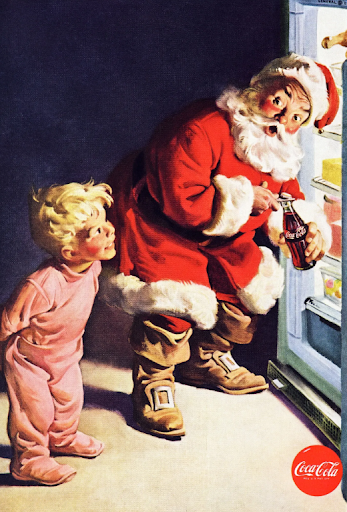
Another exceptional instance of a brand that holds a special place (or rather, a special taste) in my heart is KFC. When KFC faced a shortage of chicken, nothing beat embracing the mishap with a viral social media campaign:
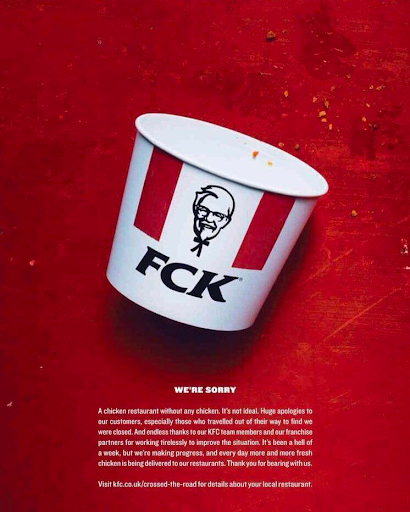
Another way to leverage the pratfall effect is by showcasing your brand’s personality and quirks. Instead of trying to be everything to everyone, embrace what makes your brand unique and use it to your advantage. For example, have fun with your social media presence by sharing amusing anecdotes or behind-the-scenes glimpses of your company culture. Consumers will appreciate seeing the human side of your brand and feel like they are part of an authentic community.
Don’t hesitate or let your ego prevent you from apologizing.
It’s disheartening that modern-day brands often prefer to spin a mistake than offer a genuine apology. From subpar manufacturing to adverse financial results, companies often attribute issues to external factors like ‘supply chain challenges’ or ‘macro-economic conditions’ rather than taking responsibility.
Underestimating consumers’ intelligence is a grave mistake. With the proliferation of fake news and biased media, people today are more capable of forming their own opinions and can read through the BS.
Consumers tend to be more understanding towards a brand that admits fault and pledges to rectify it, rather than those that hide or divert attention from the real issue. When executed authentically, this approach becomes a potent tool for establishing enduring brand loyalty. Importantly, it enables the brand to steer the narrative, rather than simply being a ‘victim’ of market forces or their own missteps.
Everyone knows that honesty and transparency foster trust, yet at times, we need reminders that these principles are fundamental to marketing, PR, and communications, both internal and external.
Be Distinctive
In today’s crowded market, it’s more important than ever to stand out from the competition. This is easier said than done. However, by leaning on behavioral science principles, businesses can create branding and marketing strategies that differentiate them from similar players, capture consumer attention, and build brand loyalty.
Copying or, let’s say, “drawing inspiration” from successful brands is a widespread approach. However, this strategy may not be suitable for entering a new market segment or securing a greater share of the existing one. Success typically aligns with boldness, and marketers, who are inherently creative creatures, should channel their innovative thinking to design unique and distinct brands.
One effective way to be distinctive is by focusing on what sets your brand apart. Consider what unique values, purpose, or features your brand possesses that others in your industry do not. Emphasize these in your marketing materials to create a distinct brand identity.
Roughly 40% of Fortune 500 companies use blue as their primary color. Blue is associated with regality, trust, and solidity. While blue may be a popular choice, it may not be the best choice to set your brand apart with a distinctive visual identity.
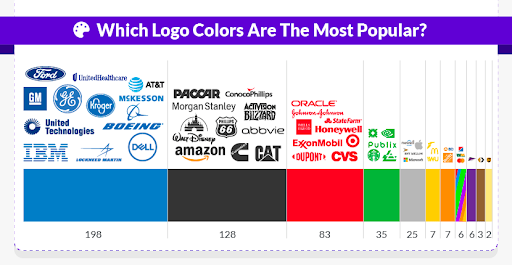
The foundation to truly differentiate your brand is by creating an emotional connection with consumers. Studies suggest that individuals respond more favorably to the emotional aspects of advertisements than to straightforward textual content. Ads that evoke powerful emotions tend to go viral and yield superior outcomes. Research data indicates that the most widely shared ads revolve around emotional content, encompassing sentiments like happiness, camaraderie, and inspiration.
In my experience, evoking an emotional connection through humor or nostalgia is very powerful. However, this approach may not always be the best fit for larger brands in every context, and not the easiest ‘sell’ to corporate executives.
A phenomenal example of distinctive and emotional marketing is the Budweiser Wassup Super Bowl commercial from 1999, which brilliantly created an emotional bond through humor, camaraderie, and a genuine connection among friends. This advertisement was revised in 2008 and once more in 2020, evoking nostalgia and further enhancing those emotional connections established over two and a half decades.
Remember, consumers are more likely to remember and engage with brands that take bold, original approaches to advertising. Don’t be afraid to take risks and be creative in marketing.
Be Consistent
Consistency is a crucial and underrated aspect of building a strong brand identity and establishing consumer trust. By incorporating insights from behavioral science, businesses can create consistent marketing efforts that deliver a memorable and cohesive brand experience to consumers.
Brand loyalty operates akin to a relationship. As individuals, we seek connections with personalities that exhibit stability, reliability, and trustworthiness. Research indicates that we tend to seek attributes in our closest relationships that align with our own aspirations, essentially elevating our strengths and positive qualities. We maintain these relationships as they provide dependability and uphold consistent core values, things we rely on.
Effective communication requires repetition and consistency of messages. An easy way to maintain consistency in marketing is to standardize the tone and style of all communications across different channels and platforms.
As a consultant for a SaaS company, the norm was to regularly generate new ads for paid social media campaigns. However, the data clearly revealed that, in reality, the older ads consistently performed better over an extended duration. It’s important to note that while this trend prevailed, it’s not universal. Factors like banner blindness and lack of attention (the outcome of lack of distinctiveness) can necessitate a faster rotation of ads.
It is also important for businesses to maintain consistency in the quality of their products or services. Consumers expect a certain level of quality, and consistent delivery of that quality builds trust and brand loyalty.
John Deere, one of the longest-serving logos for an American brand, became a trademark in 1876. Over time, this logo has evolved, for example, the deer changed from an African to a North American species. Today, it boasts green and yellow hues. This evolution showcases how enduring logos adapt while preserving their core identity.
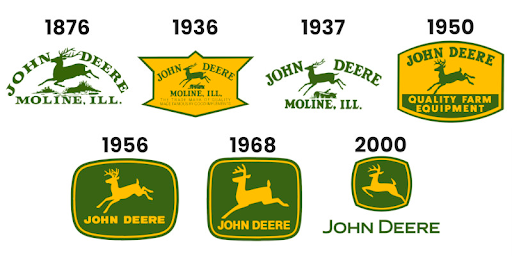
Despite costing at least 30% more than its more reliable competitors, the John Deere brand stands as a prime example of enduring marketing success. According to an Ag Equipment Intelligence report, it holds the top spot as the best-selling tractor brand in the US, boasting an impressive 60% brand loyalty – towering over its closest competitor, which only secures 25% loyalty. Through its rock-solid consistency, the Deere brand has become an iconic symbol. Its green and yellow color scheme is instantly identifiable across the globe, resonating not just with its target audience of farmers, but also with regular consumers who may never have sat on a John Deere tractor in their lives.
Conclusion
Understanding marketing psychology and behavioral science is not just fascinating but also vital in comprehending why certain marketing strategies work. I’m not a psychologist by any interpretation, but I am a passionate student of marketing and a believer in people’s best intentions.
I urge business owners, brand marketers, performance marketers, and product marketers to explore and implement behavioral science strategies in their marketing approaches. By doing so, they can stay ahead of the competition, stand out in a crowded job market, and build strong and meaningful relationships with their audiences.
